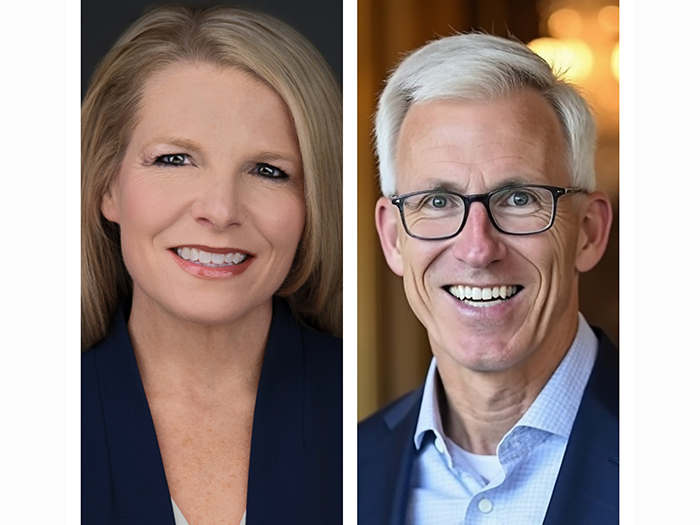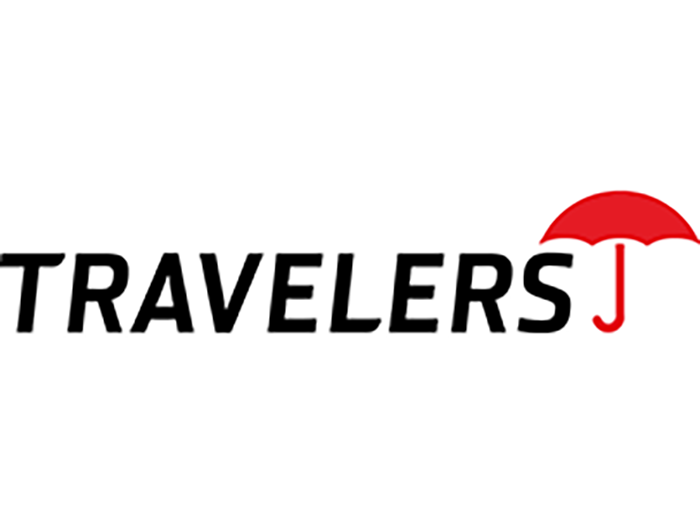2025 Theo Award Winner: Port of Houston Authority
 Port of Houston Authority operates one of the nation’s most dynamic and high-risk maritime environments, supporting millions of jobs and billions in economic output.
Port of Houston Authority operates one of the nation’s most dynamic and high-risk maritime environments, supporting millions of jobs and billions in economic output.
Despite the Port’s critical role in global commerce, the enterprise risk management team faced significant operational challenges in managing claims, preventing injuries, and coordinating mitigation initiatives across a complex workforce that includes employees represented by the International Longshoremen’s Association (ILA).
The Port’s leadership recognized that traditional approaches to risk management were insufficient for their unique operational demands. Limited staff capacity stretched internal resources, delayed critical interventions, and made comprehensive incident investigations difficult. The absence of a centralized risk management information system (RMIS) has further complicated data tracking and real-time decision-making processes.
Tackling the Problem

Norma Essary, director of ERM, Port Houston
Port Houston implemented a comprehensive strategy that transformed how claims and risk intervention are managed across its operations. The Port established a strategic partnership with AS&G Claims Administration to bring specialized expertise in public sector claims management, ensuring prompt and thorough adjudication of workers’ compensation and liability claims while bolstering litigation support.
“One of the most important lessons we have learned is the power of proactive intervention, medically and operationally,” said Norma Essary, director of ERM at Port Houston. “Our average medical cost savings were the result of aggressive provider negotiations, active utilization reviews, and timely intervention protocols that challenged unnecessary treatments and shortened recovery timelines.”
The Port’s approach extended beyond cost reduction to operational efficiency. Port Houston adopted Claim Pilot, a cloud-based claims management system that addressed the absence of a formal RMIS by providing a centralized platform to track claim activity, monitor reserves, and generate performance data in real time.
This significantly improved transparency, reporting accuracy, and stakeholder communication.
“Claim Pilot provides real-time visibility into claim activity, reserves, and performance data. It is agile and fits well into our current resource-constrained environment,” said Essary.
The Port also implemented LineSlip for insurance intelligence, automating the extraction and organization of insurance program data to ensure consistent analysis of carrier performance, coverage, and loss trends.
Port Houston’s most challenging obstacle involved working with union-represented employees. The Port has limited direct authority over loss prevention training and protocol enforcement for unionized-represented workers, who play a major operational role across terminals.
Rather than viewing this as an insurmountable barrier, Port Houston developed a collaborative approach.
“The partnership with a union should always be consistent with two-way communication,” said Essary.
“While working closely with the International Longshoremen’s Association – local groups, we do not have formal employer-focused authority over such union members’ employment or training; however, we utilize our data and relationships as an opportunity to build influence through collaboration by sharing loss data and trend analysis.”
The Port’s strategy focused on engagement rather than enforcement, fostering trust through transparency and consistency. Port Houston shared safety data and recommendations with ILA leadership, creating collaborative pathways for prevention even without direct training authority.
“The key has been engagement; not enforcement, which in turn fosters trust,” said Essary. “For employers in similar positions, build relationships first, then layer in your influence with transparency and consistency.”
Port Houston also implemented a robust self-insured loss fund, providing cost-effective financial coverage and flexibility while ensuring regulatory compliance and quick response to incidents. The port achieved significant medical cost savings through aggressive provider negotiations, utilization review, and intervention protocols that reduced unnecessary treatment and minimized downtime.
The port’s ERM development included creating systemic risk indicators, dashboards and strategic alignment tools that support long-term organizational resilience.
By layering data insights with direct feedback from the field, Port Houston began identifying not only where injuries were occurring, but why, allowing for targeted interventions and advanced medical specialties.
Success to Build On
Port of Houston’s innovative approach has yielded impressive results across multiple metrics.
Multi-year analysis shows a consistent decline in claim and lost time frequency, with total lost workdays decreasing by more than 70% from peak years. The Port now maintains lost workdays at under 1,000 per 100 employees, representing a dramatic improvement in operational continuity.
Organization: Port of Houston * Location: Houston* Number of Employees: 808 * Category: Government & Public Sector
The financial impact has been equally significant.
Port Houston reduced workers’ compensation medical claims costs substantially, paying only a fraction of total bills through effective cost management strategies. The Port’s focused approach enabled targeted interventions, with the top claims now accounting for a significant majority of total losses, allowing for strategic planning and resource allocation.
“We did not aim to simply reduce costs; we also wanted to reduce operational and productivity disruptions in our worksites,” said Essary. “The reduction in total lost workdays reflected a deeper cultural shift.”
Annual variances in the total cost of risk have remained minimal, demonstrating the stability and predictability of Port Houston’s risk management framework. This consistency provides valuable planning capabilities as the port continues expanding operations to meet growing demand.
Port Houston’s technology integration has transformed operational capabilities without requiring perfect systems from the start.
“LineSlip transformed our total policy and insurance intelligence. It automated the extraction and analysis of policy, endorsements, brokers, and carrier data, providing a clear line of sight of policy and coverage terms, historical costs, changes, limits, sublimits, exclusions, policy change trend, and overall, total insured program growth,” explained Essary.
The hybrid approach allows the ERM team to move quickly, address historical concerns, remain informed, and maintain accountability for program management. This technological foundation supports the Port’s transition from reactive to proactive claims management philosophy.
“Public sector acceptance and comprehension is vital,” said Essary. “Together, they assisted us with streamlined investigations, bolstered litigation support, and implemented best practices that are purpose-driven for the complexities of governmental nuances.”
Looking forward, Port Houston continues refining its approach while sharing lessons learned with other organizations facing similar challenges.
“Do not allow misunderstandings or limitations to stall innovation,” advised Essary. “When staffing is lean, let that drive you toward smarter systems and strategic partnerships. And when facing union-related problems, lean into data transparency, shared goals, and relationship-building. There is no need to control the entire environment, but more importantly to influence it. We have learned that real transformation can happen even with constraints, if your approach is layered, intentional and people centered.” &
 The Theo Award celebrates its sophomore year, honoring 32 workers’ compensation programs for their excellence and service to workers across the nation. To learn more about the award and amazing qualities each winner possesses, visit here.
The Theo Award celebrates its sophomore year, honoring 32 workers’ compensation programs for their excellence and service to workers across the nation. To learn more about the award and amazing qualities each winner possesses, visit here.











